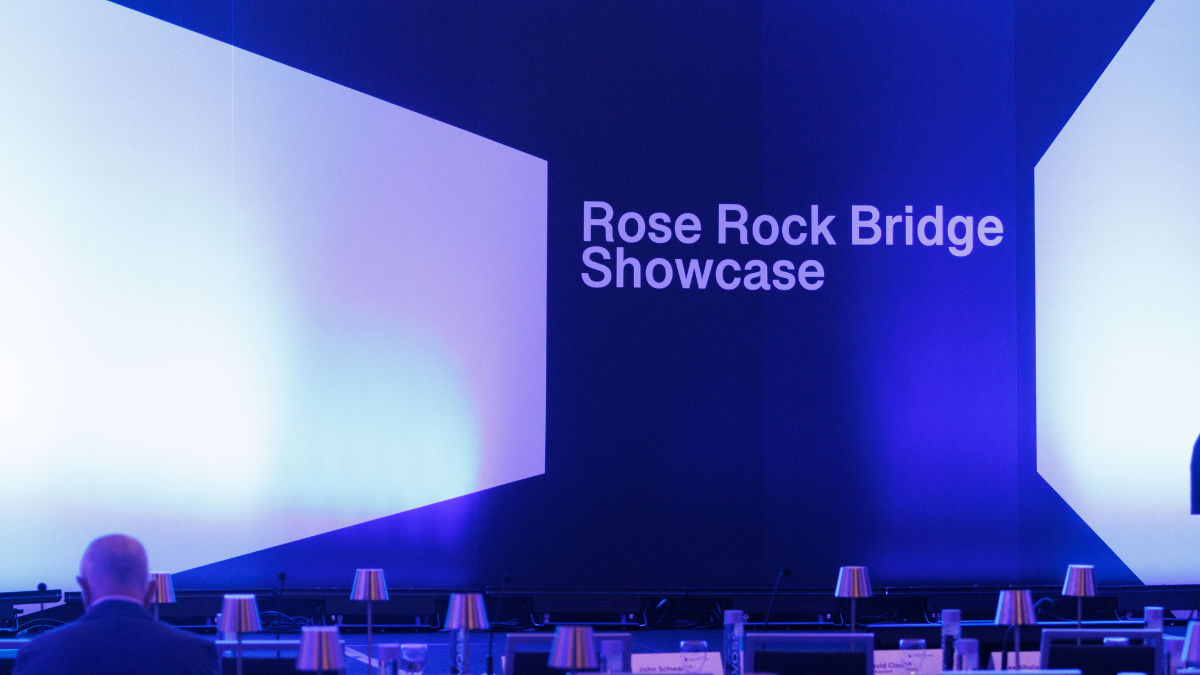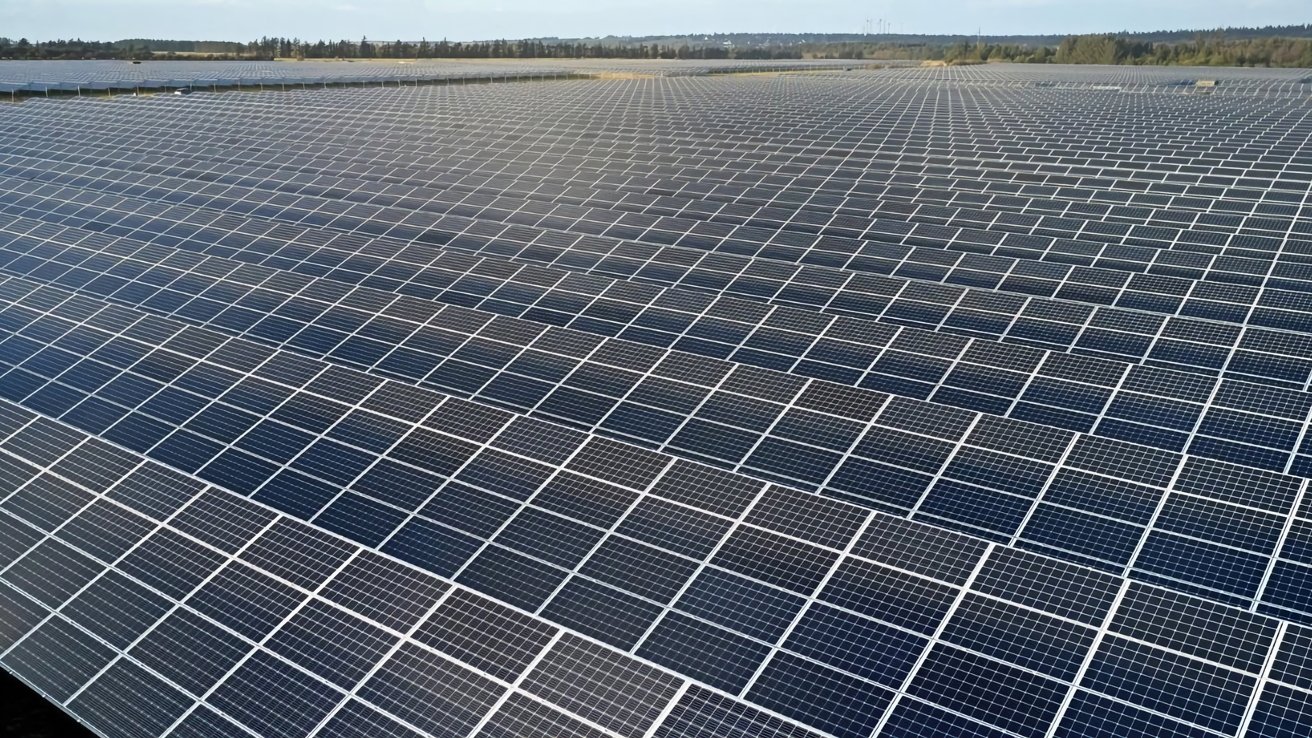
Dealroom: 230+ European defense tech startups have launched since Russia's invasion of Ukraine, with VC funding reaching $1.5B this year, mostly for drone tech (Sylvia Pfeifer/Financial Times)
Sylvia Pfeifer / Financial Times : Dealroom: 230+ European defense tech startups have launched since Russia's invasion of Ukraine, with VC funding reaching $1.5B this year, mostly for drone tech — Concern mounts that not all newcomers to the sector since Russia's full-scale invasion of Ukraine will survive













